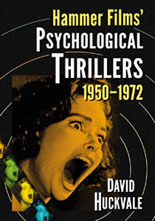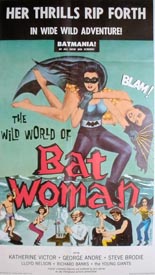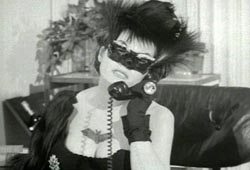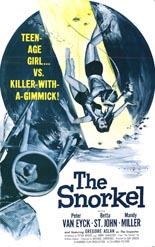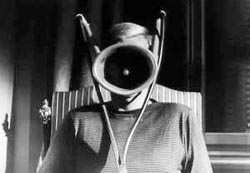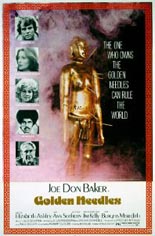
 To grant Golden Needles the alternate title of Mitchell Goes to the Orient — as a friend of mine did — is not out of line, even if Mitchell was a year away from its messy birth. This half-baked adventure presents star Joe Don Baker (Walking Tall) in the same vein: overweight, unkempt, presumably sweaty, kinda dumb and yet somehow wholly desirable to women out of his league. Imagine the guy who runs your grocery store’s produce department strutting around like he were George Clooney, and that’s Baker as
To grant Golden Needles the alternate title of Mitchell Goes to the Orient — as a friend of mine did — is not out of line, even if Mitchell was a year away from its messy birth. This half-baked adventure presents star Joe Don Baker (Walking Tall) in the same vein: overweight, unkempt, presumably sweaty, kinda dumb and yet somehow wholly desirable to women out of his league. Imagine the guy who runs your grocery store’s produce department strutting around like he were George Clooney, and that’s Baker as Mitchell Dan.
The Golden Needles of the title refer not to what viewers will want to stab into their eyes upon the requisite sex scene, but the magic acupuncture statue that damn near everyone wishes to acquire. An American woman named Felicity (Elizabeth Ashley, Coma) attempts to buy the stolen statue in Hong Kong, but her offer is turned down. Her solution is to hire Dan, whom she just met at a brothel, to steal it for her. “That must be a bell-ringer of a statue,” he says.
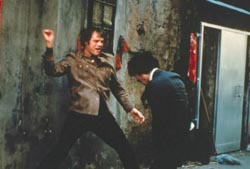 Damn straight it is! If its needles are placed in the proper order, it grants “sexual vigor” to the poked! Although supposedly retired, Dan agrees if Felicity will hug him and say “I love you” to him right then and there. Dan has mommy issues, so Lord knows why the refined Felicity decides to sleep with him. He kisses as if her face were a roast beef platter; fittingly, their postcoital activity is stuffing themselves with seafood. You’ll swear off seafood.
Damn straight it is! If its needles are placed in the proper order, it grants “sexual vigor” to the poked! Although supposedly retired, Dan agrees if Felicity will hug him and say “I love you” to him right then and there. Dan has mommy issues, so Lord knows why the refined Felicity decides to sleep with him. He kisses as if her face were a roast beef platter; fittingly, their postcoital activity is stuffing themselves with seafood. You’ll swear off seafood.
Golden Needles is an action movie, although one might forget that fact while watching. It has two fun chases — one through a health spa; the other, a shipyard — and the brief moments that Jim Kelly (Black Belt Jones) is onscreen busting out kung-fu moves are blessed ones. While watching the Hulk-esque act of Baker throwing Asians through plate glass never gets old, the movie does. That Robert Clouse went from the martial-arts classic Enter the Dragon to this obscurity in less than a year says more about the talent of Bruce Lee. —Rod Lott


 Adapted from one of his own short stories —
Adapted from one of his own short stories — 

